This picture is a vivid example of how the artist “wrote” an anachronism in the biblical story. Madonna is depicted on a canvas with rosary beads – a typical attribute
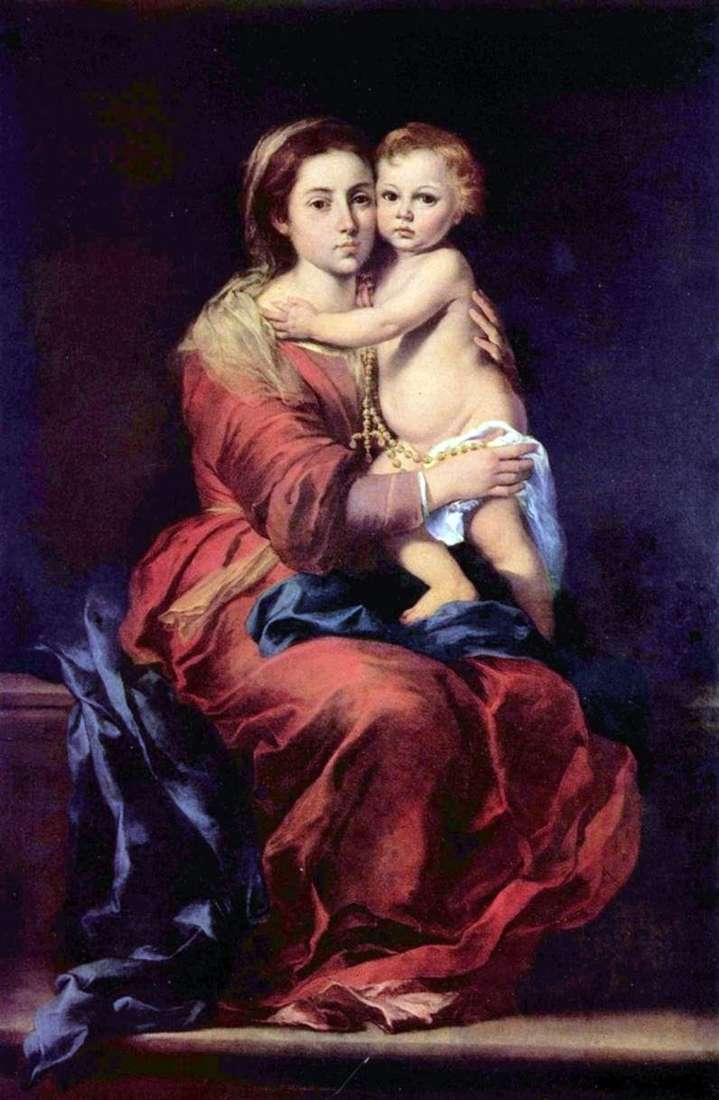

This picture is a vivid example of how the artist “wrote” an anachronism in the biblical story. Madonna is depicted on a canvas with rosary beads – a typical attribute
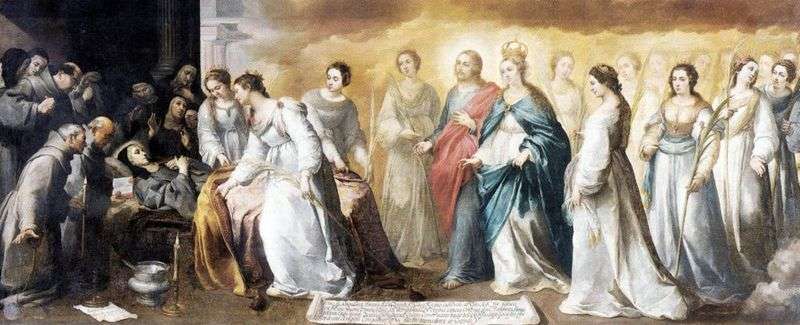
Saint Clara was the founder of the Order of Clarice. When she died, one of the nuns was a vision represented in the picture, while the other monks who surrounded
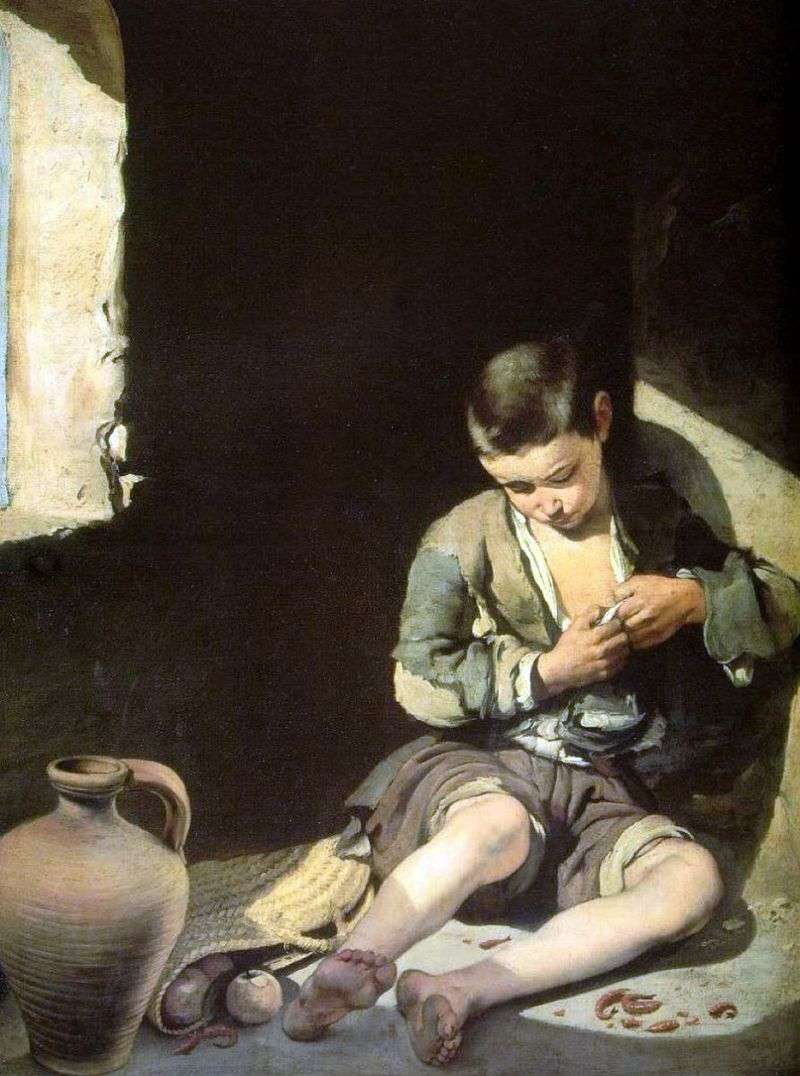
Murillo is rightly called the last master of the “golden age” of Spanish painting. He was the youngest contemporary of Zurbaran, Velasquez, Ribera, but unlike his older contemporaries, the artist,
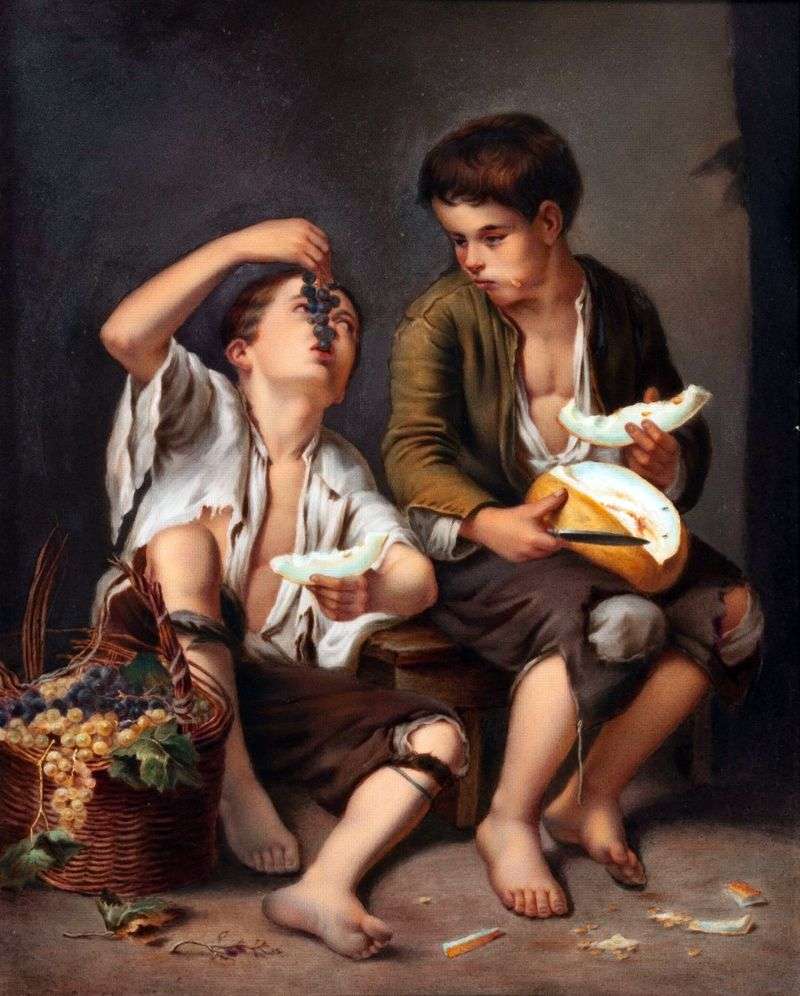
“Eaters of melon and grapes” refer to the best paintings of Murillo. Here he tried to solve a problem that he had not yet set himself, the task of portraying
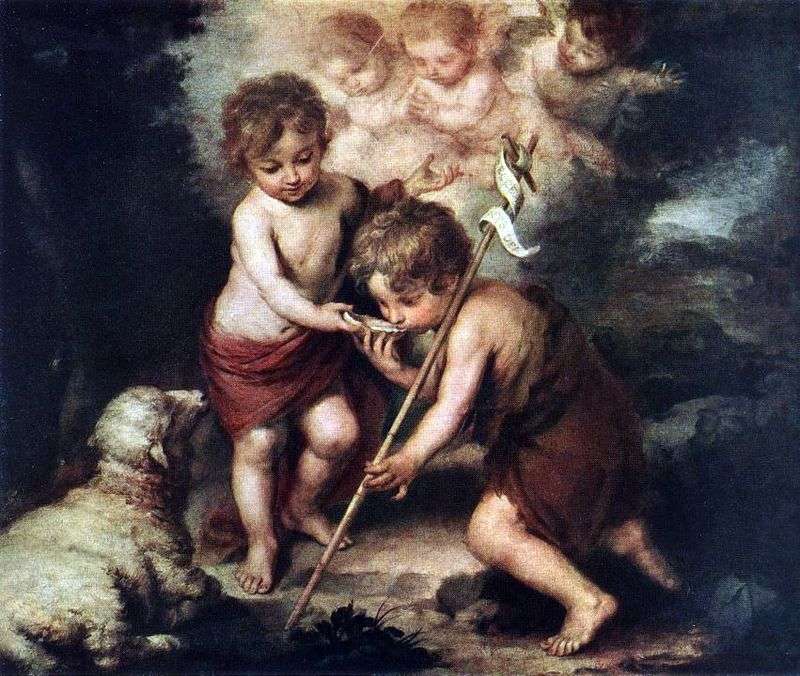
Genre scene – two boys playing. Only a lamb and a cross in the hands of one of them, suggests that it is the Infant Christ giving the child to
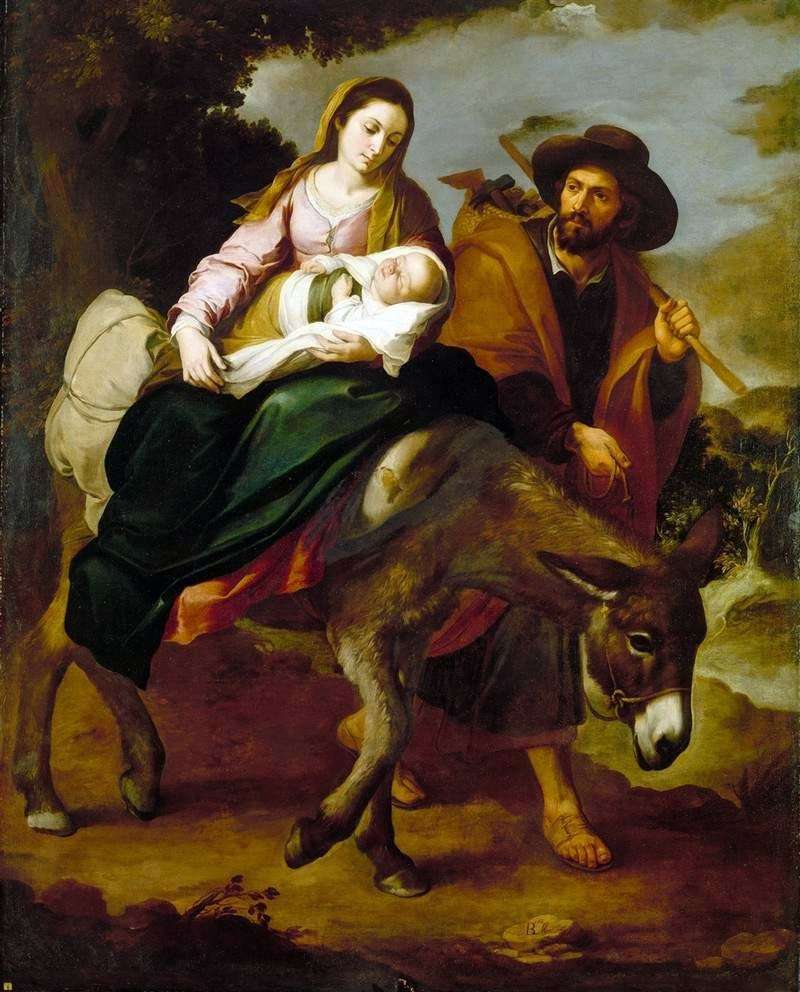
Full of restrained drama, this canvas can be considered one of the best in Murilho. Ponuro wanders tired donkey. The Mother of God and Christ, quietly sleeping on Her hands,
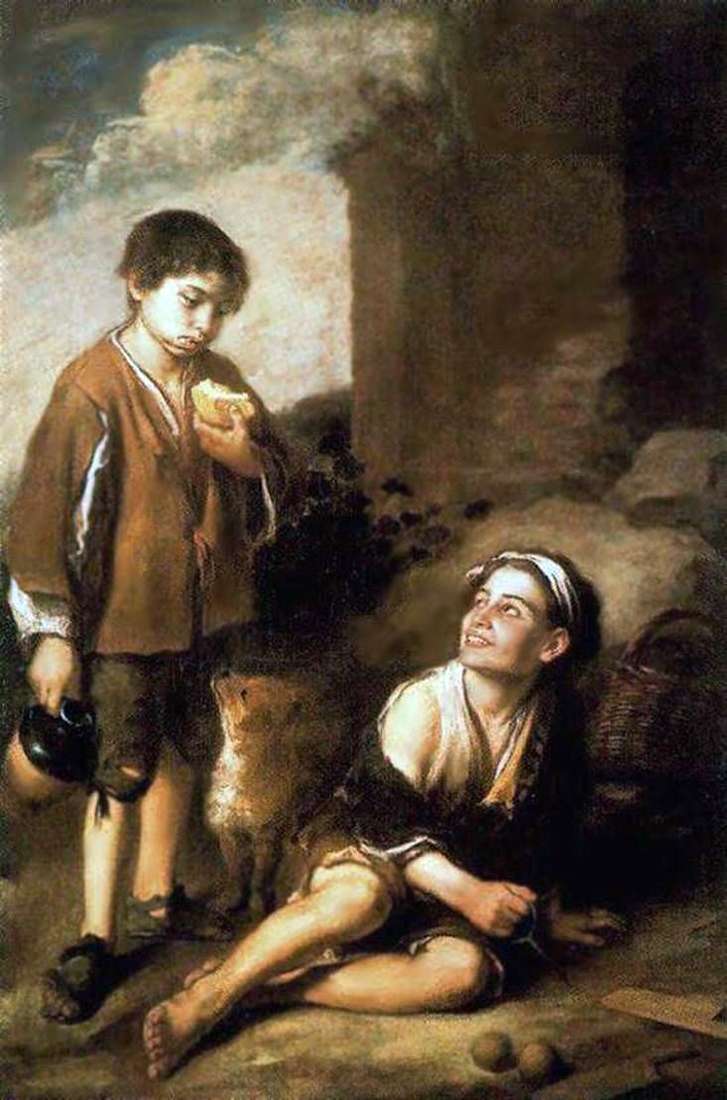
In the work of Murillo, genre scenes with the participation of poor children, which were in great demand among buyers, occupy a large place. These paintings the artist performed in

This picture is a typical altar image. In it, the author follows the Italian compositional scheme. He portrays St. Francis, kneeling and talking, as it were, to Christ sitting in
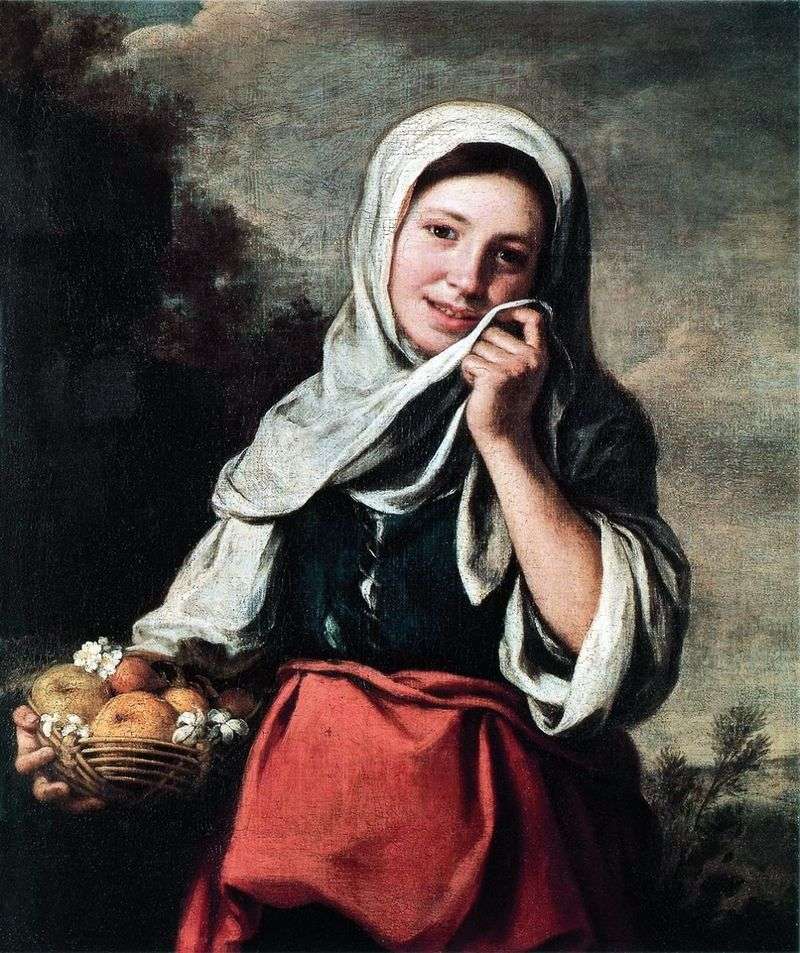
The artist’s small genre paintings on the other hand reveal his many-sided talent. On them you will not find any richly dressed Spanish grandees, nor inspired and sublime images of
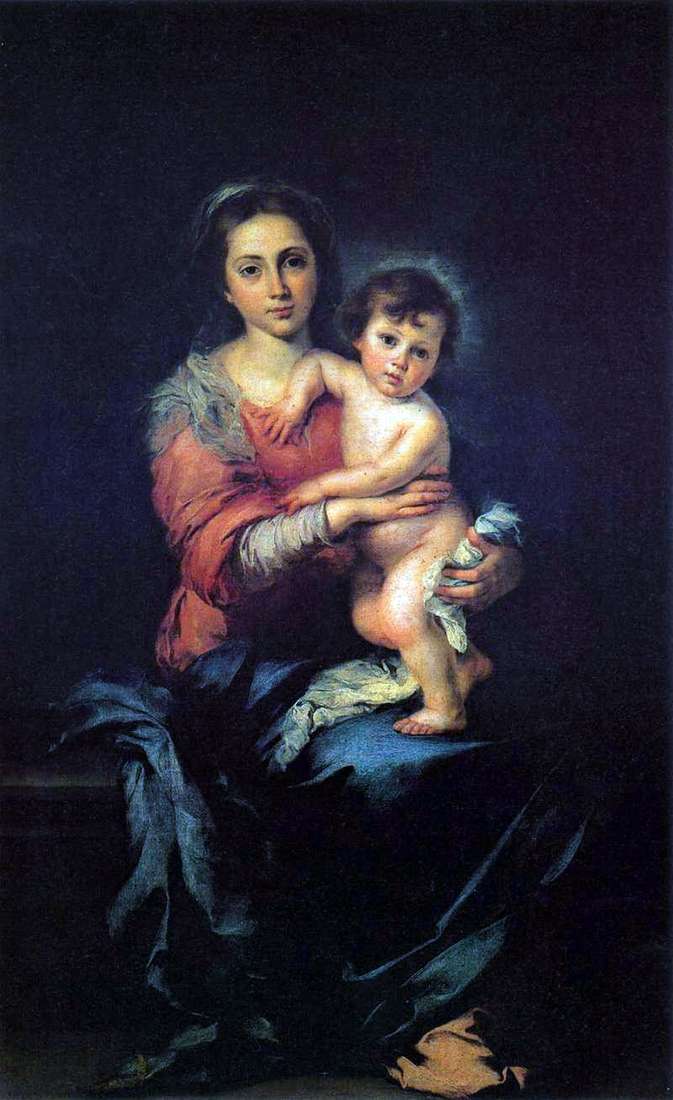
The theme of mercy, refracted through religious subjects, has been actively spread in the works of Murillo. Here the conditions of orders, emanating from monastic orders, charitable fraternities, affected the
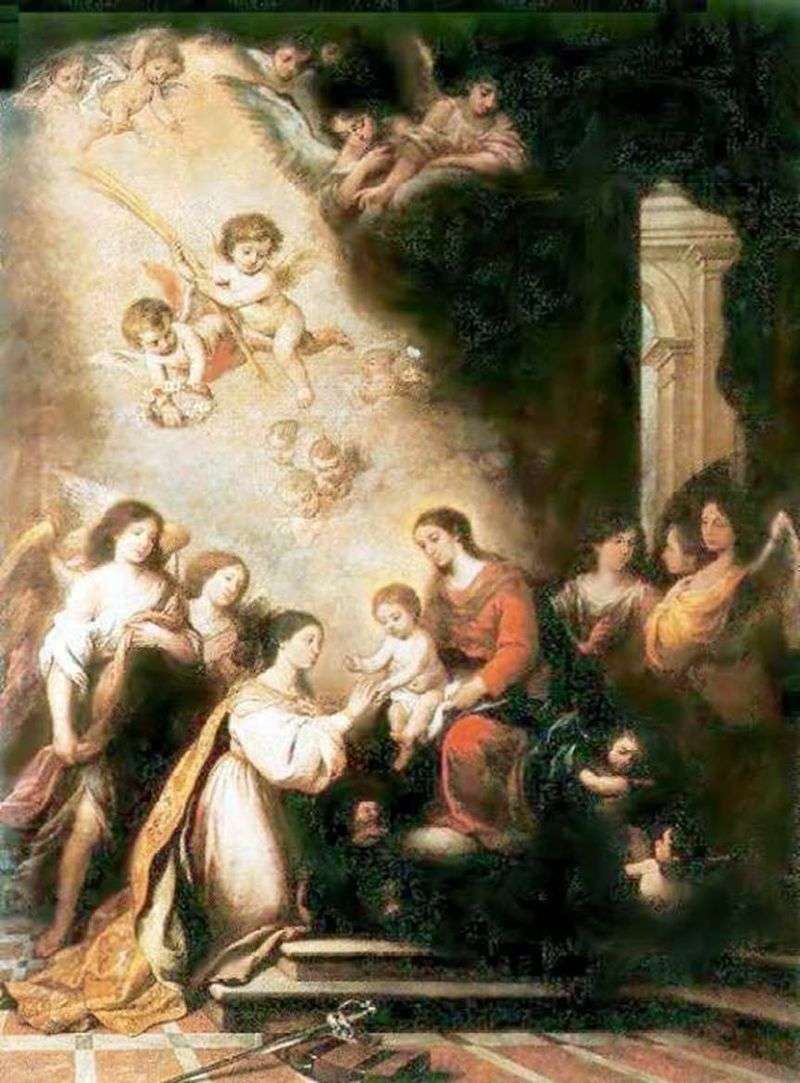
In 1682, Murillo, who had not left Seville since his trip to Madrid, came to Cadiz to perform for the local Capuchin monastery the large altar painting “The Engagement of
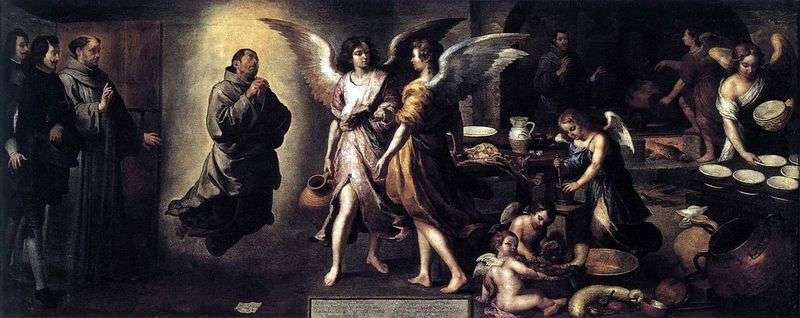
This work is one of 11 paintings showing the history of the mendicant order of the Franciscans. All pictures of the cycle illustrate amazing episodes from the life of Franciscans.
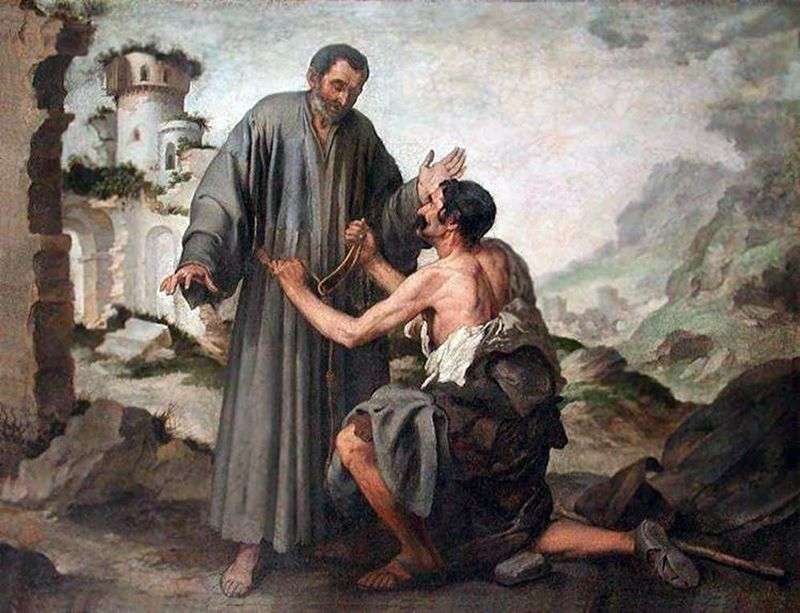
This work is one of 11 paintings showing the history of the mendicant order of the Franciscans. All pictures of the cycle illustrate amazing episodes from the life of Franciscans.
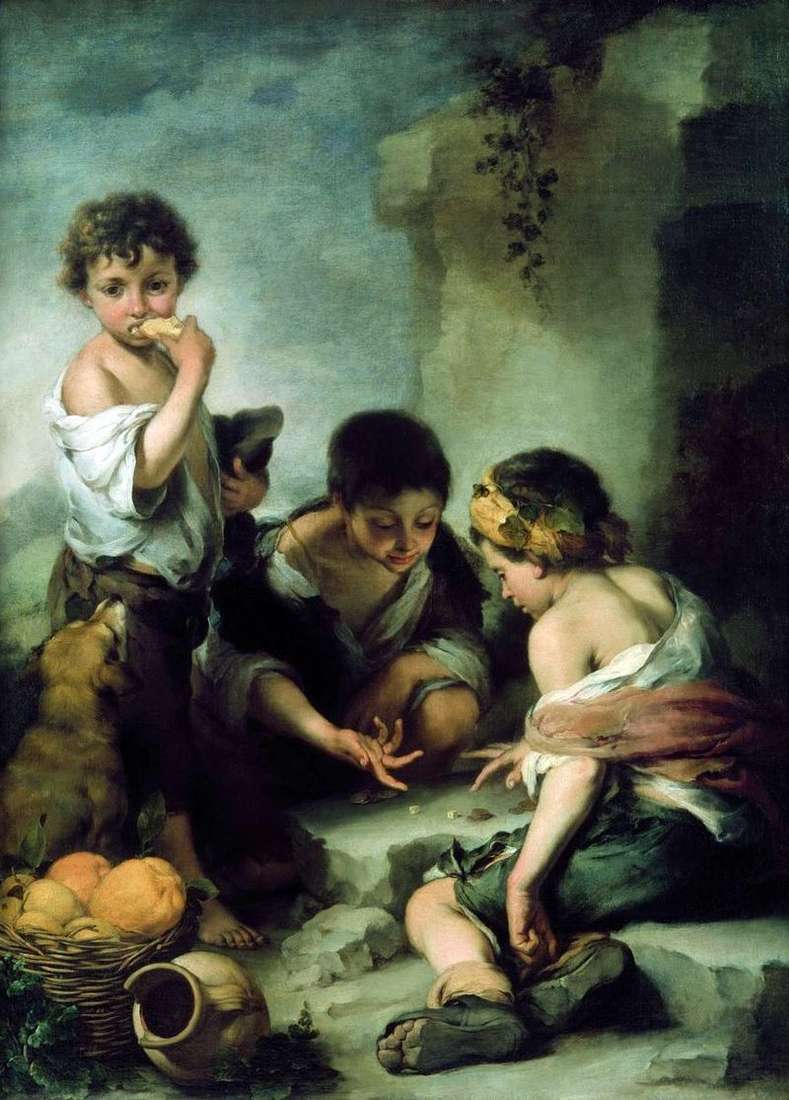
Genre scenes occupy a large place in the work of Murillo. The artist has created a whole series of paintings, with good-natured humor depicting the life of the Seville rags.
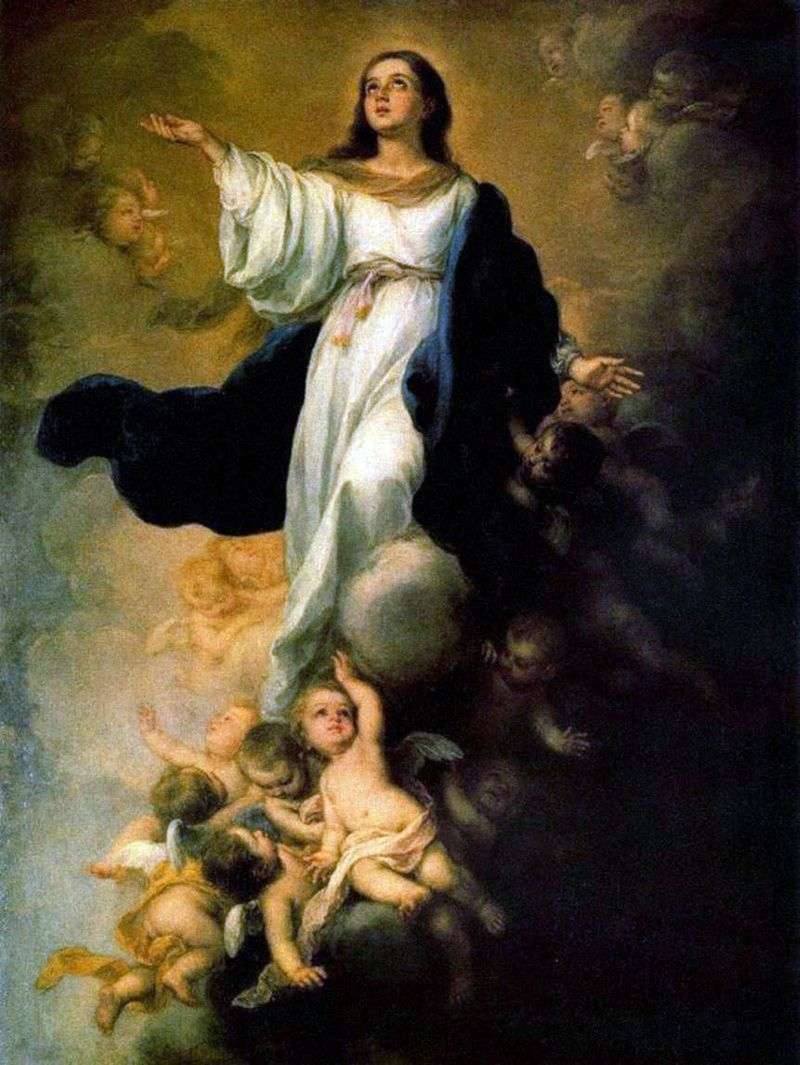
In the 1670s, the image of the Virgin Mary in the work of Murillo loses warmth, becomes “generalized theological.” The artist now shows the Mother of God, not as before
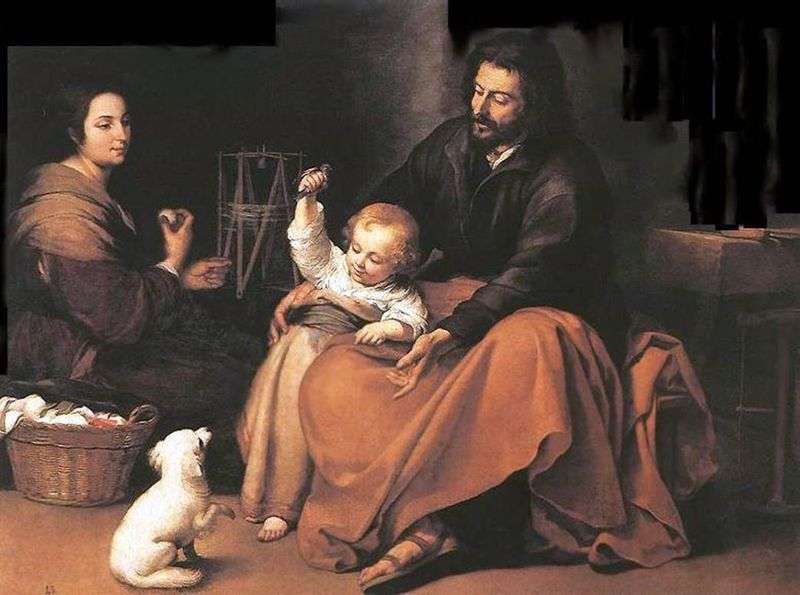
In this surprisingly warm composition, there is nothing supernatural, mystical. Before us is just an idyllic scene from the life of a Spanish family. The baby holds in his hand
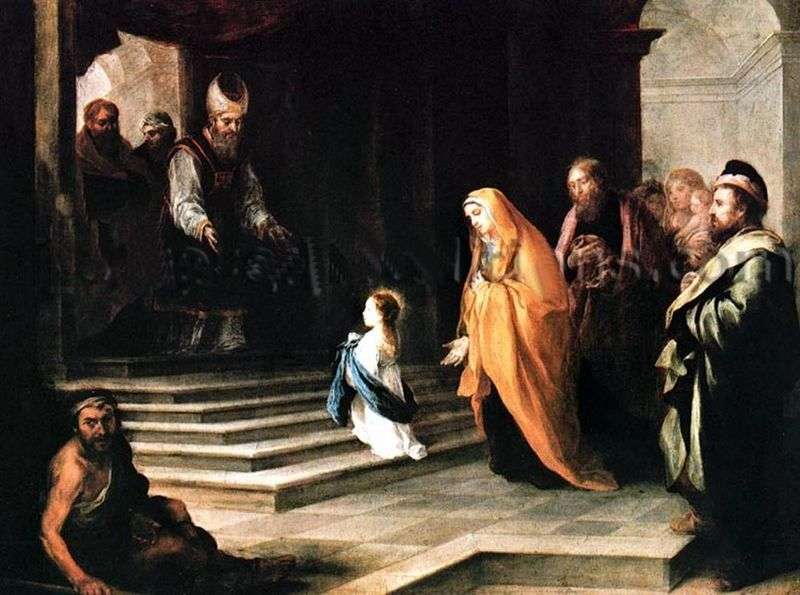
When Mary was three or four years old, St. Anna, fulfilling her promise, gave her to the temple so that she would begin to serve the Lord. Legend has it